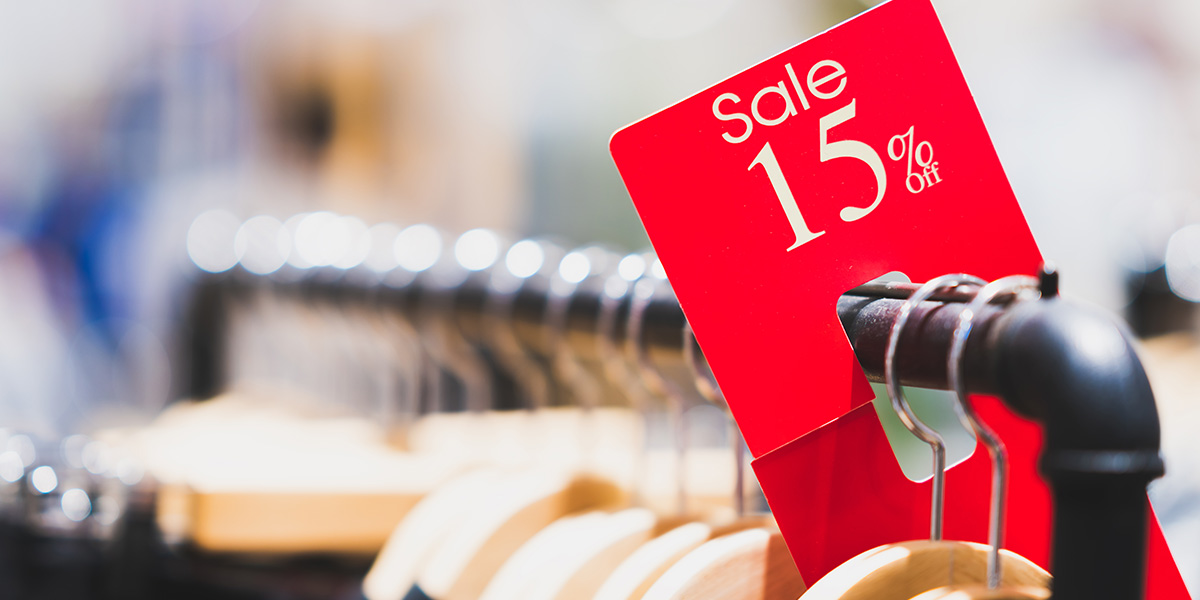2025-10-01
Debt consolidation vs. consolidating credit: What’s the difference?
Lifestyle Debt
Financial jargon can be murky at the best of times. Downright frustrating when you’re sinking in the depths of unmanageable debt.
Nobody wants to believe they’re the kind of person who falls for marketing gimmicks — those pushy, transparent, often campy tactics clearly designed to part you with your money. Unfortunately, these ploys are more common, more effective, and often more subversive than you might think. Otherwise why would they be so enduring?
Marketers deliberately design gimmicks using psychologically-rooted principles to be unexpected, catchy, and persuasive. Their goals are to (1) attract attention and (2) create interest in a product or service the consumer would not ordinarily be interested in, or (3) sell a product at an increased price point with little or no added value.

Consider the following gimmicks you’re likely to see on a typical day out running errands:
|
Eye catchers |
Balloons, large inflatable characters, giant sales signs, ‘guaranteed to win’ promotions, bright spotlight pillars, etc. all capture your attention and pique your curiosity.
|
|
Back of the store clearance items |
Placing items at the rear of a shop forces you to walk past all full-priced items on display both as you enter and as you leave.
|
|
Point of purchase displays
|
Gum, chocolate bars, candies, lighters, magazines, etc. all entice you to grab an inexpensive but unintended item on impulse, simply because it’s there.
|
|
Volume pricing |
The more you purchase, the lower the unit price of each item (e.g. one for $5 or three for $10). It encourages you to spend more because you think you’re getting a better deal overall.
|
|
One time only sales |
Promotions will typically claim ‘prices have never been or will ever be lower.’ You may not need the item on sale, but also don’t want to miss out on the savings.
|
|
Flyer items |
Consumers are conditioned to believe everything in a store flyer is on promotion, but retailers typically intersperse full-priced products among the sales hoping consumers aren’t paying close attention.
|
|
50% off manufacturer’s suggested retail price (MSRP) |
MSRP is not necessarily the retailer’s regular price. The advertised discount could be anything from half off to regular price.
|
|
Loss leaders |
A loss leader is anything a retailer sells below cost to lock you into high-margin, expensive items to support that product’s functionality. Razors and razor blades are the most obvious example.
|
|
Getting items in the customer’s hands |
It’s harder to walk away once you’re holding the item, or worse, wearing it. Remember feeling jealous when a friend played with one of your toys? The same principle is in effect here.
|
|
Fad diets or workouts |
Health and body consciousness are vulnerable pain points for many consumers, and thus an easy target for manipulative tactics.
|
|
Super foods |
As above, the promise of rapid and barrier free health often overrides logic and common sense.
|
|
New and improved |
Not much has to change to command a higher price point.
|
|
Free item with purchase |
Think toys in crackerjack and children’s cereal boxes. Also, mini bottles, beer glasses, or t-shirts with certain liquor purchases.
|
As I said before, some marketers employ very clever psychological tricks to persuade you to go against your better judgement. It’s not always subconscious either. Often with tactics like volume pricing, loss leaders and free items you’re fully aware of the plot and willingly buy the item anyway. But you, too, can use psychology to your advantage and become more deliberate with how you spend your money.
Write a list: Resolve to create a shopping list every time you run errands. As a rule, you can only purchase items on your list. Even if you encounter an item you genuinely need (e.g. shampoo, milk, etc.), you cannot buy it if it’s not on the list. This reinforces your discipline and breaks your susceptibility to even the most cunning gimmicks.
Do your research: Sales representatives are often natural conversationalists who work hard to position themselves as knowledgeable experts. Walking into these conversations with a good deal of product knowledge disarms many of their most effective tactics and reduces the possibility of being pushed into a product you don’t want or need.
Take your time: The rush of the purchase is often far more exhilarating than the product itself. This is thanks in no small part to the neurotransmitters, adrenaline and dopamine. Try giving yourself at least 24 hours between the initial impulse and the transaction itself. This allows your emotions to settle and gives you time to think things through.
Walk away from pressure: Listen to your intuition, if you feel like you’re being manipulated, you probably are. Don’t reward pushy tactics with your hard-earned income.
Be mindful about price and value: Price is what you pay, value is what you get.
It’s a dog eat dog world out there, and we haven’t covered even half the tricks, traps, and gimmicks just waiting for you to let your guard down. Make a game of it and take this opportunity to try and spot these and other techniques on your travels. The marketers may have an advantage over their unsuspecting audience. But now you have a leg up.
At the very least, just remember the old saying: if it seems to good to be true, it probably is.
2025-10-01
Lifestyle Debt
Financial jargon can be murky at the best of times. Downright frustrating when you’re sinking in the depths of unmanageable debt.
2025-09-29
Lifestyle Debt
A clear, realistic budget can help you reach your goals faster. Learn five practical steps to take control of your finances and spend with confidence.
2025-09-02
Lifestyle Debt
Have fun on a budget with our guide to affordable activities in Atlantic Canada.